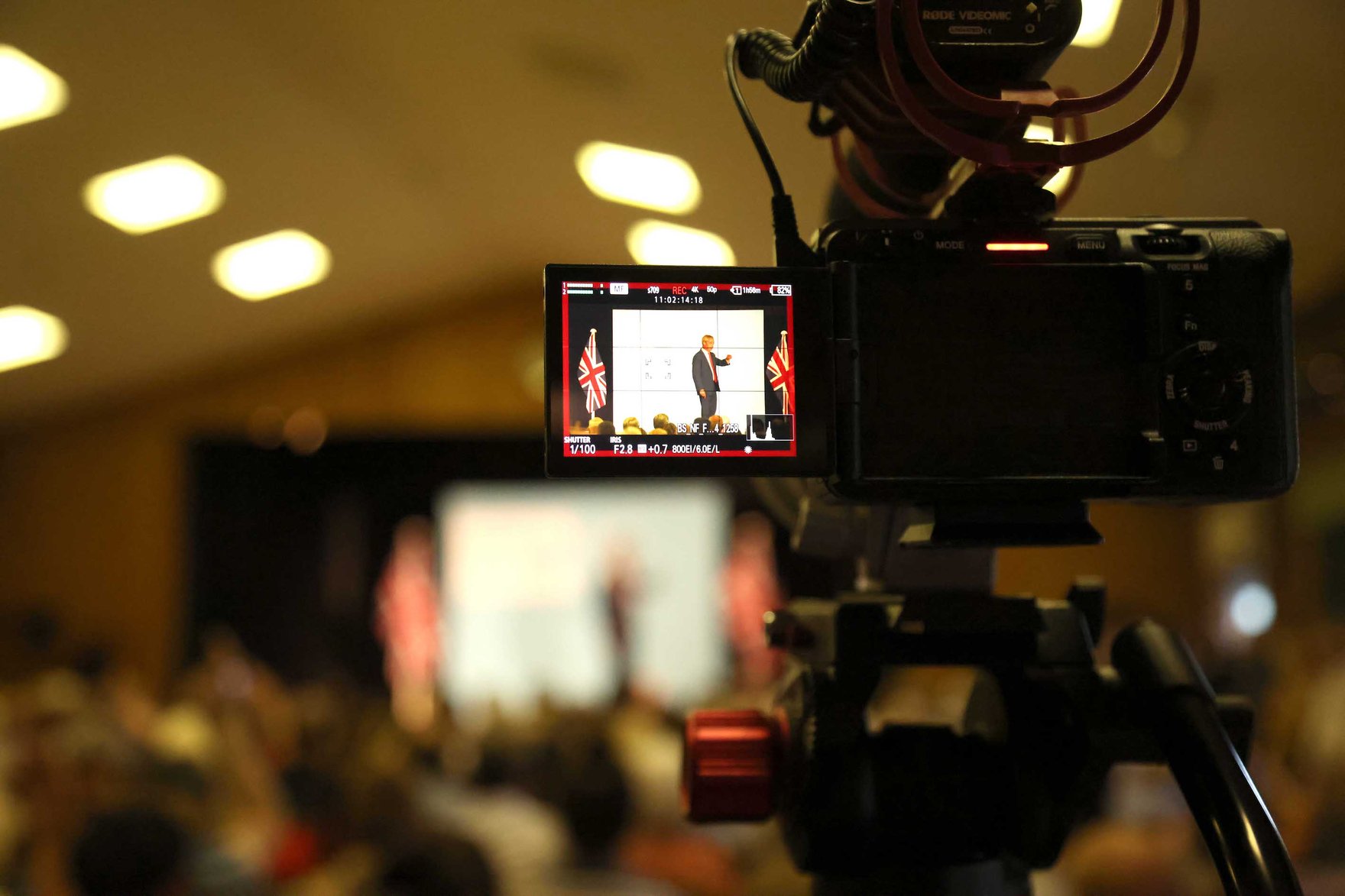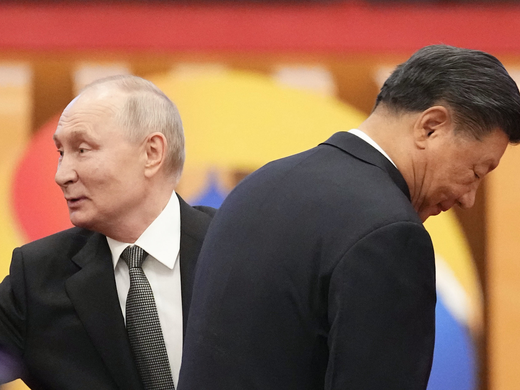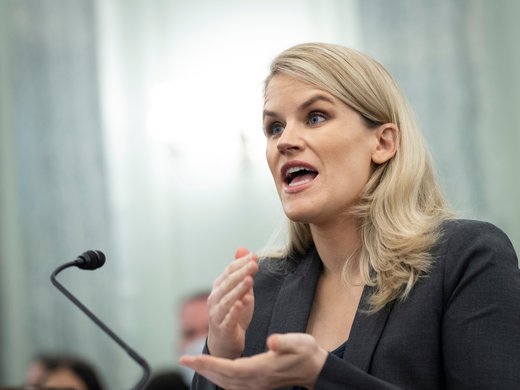When the UK election was unexpectedly called for July 4 by Prime Minister Rishi Sunak, few were prepared. Following months of speculation about a possible November election, and concerns about the potential for parallel US and UK campaigns to fuel global polarization and disinformation, the date allayed those fears. Yet there remain significant concerns around the lack of transparency and regulation online in the campaign now ending.
The challenge of understanding what exactly is happening digitally during an election campaign is a perennial difficulty. In the United Kingdom in particular, there have been ongoing calls for increased information about the digital world made by electoral regulators, policy makers and academics, and commentary on the difficulties faced by journalists covering this topic. Nevertheless, little progress has been made.
Perhaps for this reason, coverage of the digital election campaign has been preoccupied with TikTok. With Labour, the Conservatives and Liberal Democrats all joining the platform in the campaign, examples of irreverent videos — such as Labour’s jab at Sunak with Cilla Black’s “surprise, surprise” video — and viral content have dominated news coverage. However, the majority of the digital campaign has been waged on other platforms, which can be challenging to study.
As with the United Kingdom’s previous election in 2019, Meta and Google have been key platforms this time. Once again, coverage of each site’s online advertising archives has dominated reporting, tracking (as of June 21) just over £3.5 million of spending on Meta and £1 million on Google by political parties. Interestingly, this reporting has shown Labour to have vastly outspent the Conservatives and other parties on both platforms.
Since 2019, there have been some advances in what we’re able to discern, with Meta making new data on targeting available to researchers. Analysis has shown that different parties are focusing their resources on different British constituencies. The Labour Party, for example, is concentrating its advertising on the North of England, the Scottish borders and parts of Wales, whereas the Liberal Democrats are focused on the Southwest, and the Green Party on South Wales.
Meta also now reveals which criteria campaigners are using to target their messages, showing the Conservatives’ use of custom audiences, and Labour’s focus on targeting specific cities or age groups. This analysis has helped advance our understanding of where and how targeting is occurring, helping to reveal data-driven campaigning in the United Kingdom in stark detail.
Many questions remain, however. Access to data on other platforms is sporadic or entirely absent. For example, we lack tools to be able to monitor programmatic advertising, used by campaigners to place advertisements such as pop-up adverts or banner adverts on websites (such as MumsNet). Despite anecdotal evidence that campaigns are using this form of advertising more than ever before, the practice remains entirely opaque.
To fill gaps in our understanding, journalists and academics have paid attention to the infrastructure built by campaigns, and their activity and campaign accounts on different platforms. This has revealed that parties are using a subtly different range of platforms than in the past — with Snap! no longer employed, and TikTok, WhatsApp and LinkedIn instead being taken up. It’s clear that parties and individual politicians have very different-sized audiences on these platforms, making it hard for some campaigns to cut through.
One notable feature of this election has been campaigns’ efforts to persuade their activists to share content organically on their own social media pages or on WhatsApp. While we can see, in part, what content national party accounts are trying to spread by visiting their websites or downloading their apps, we know little about what is being organized in private groups or how widely content is being shared. Our ability to identify and monitor problematic content therefore remains limited.
These challenges around transparency raise questions about electoral regulation. But despite significant advances in technology since the last British election in 2019, there has been limited change to electoral rules.
Although the United Kingdom’s Online Safety Act was passed in 2023, the legislation has not resulted in fundamental change. The Office of Communications (Ofcom) has been tasked with establishing an advisory committee on disinformation and misinformation, and with compiling a report on access to social media platform data, but little progress has been made.
The only regulation implemented is the requirement for digital imprints on eligible campaign material, mandating the inclusion of the name and address of the person responsible for promoting material. While this is a step forward, my own early analysis suggests this regulation is being implemented in quite varied and, often, untransparent ways. Some campaigners, for example, are including this information clearly within campaign material. Others are using tiny fonts or displaying imprints only at the end of long videos, making disclosures hard — if not impossible — to discern.
The lack of change means the current election continues to be shaped by discussion of the need for more regulation. Sunak’s claim that Labour was planning tax increases of £2,000 per family has been challenged by the Office for Statistics Regulation.
Reminiscent of 2019, when the Conservative Party changed its Twitter account to “Fact Check UK” (a trick they repeated at the final debate between Rishi Sunak and Keir Starmer), such events had reignited calls for content regulation of political claims. While some UK regulators have expressed support for the idea in the abstract, there have been significant reservations from regulators about how such oversight would be implemented, and little political will across the spectrum to drive reform.
While concerns about digital threats to this election may therefore have been eased by the snap election date, the campaign so far has shown that many questions remain. While digital election campaigning is increasingly familiar, we lack capacity to study exactly what is happening online and have seen limited progress in regulatory oversight.
Cumulatively, this means our ability to identify and hold campaigners to account for problematic content is severely curtailed, raising questions about our ability to uphold and ensure electoral integrity.



